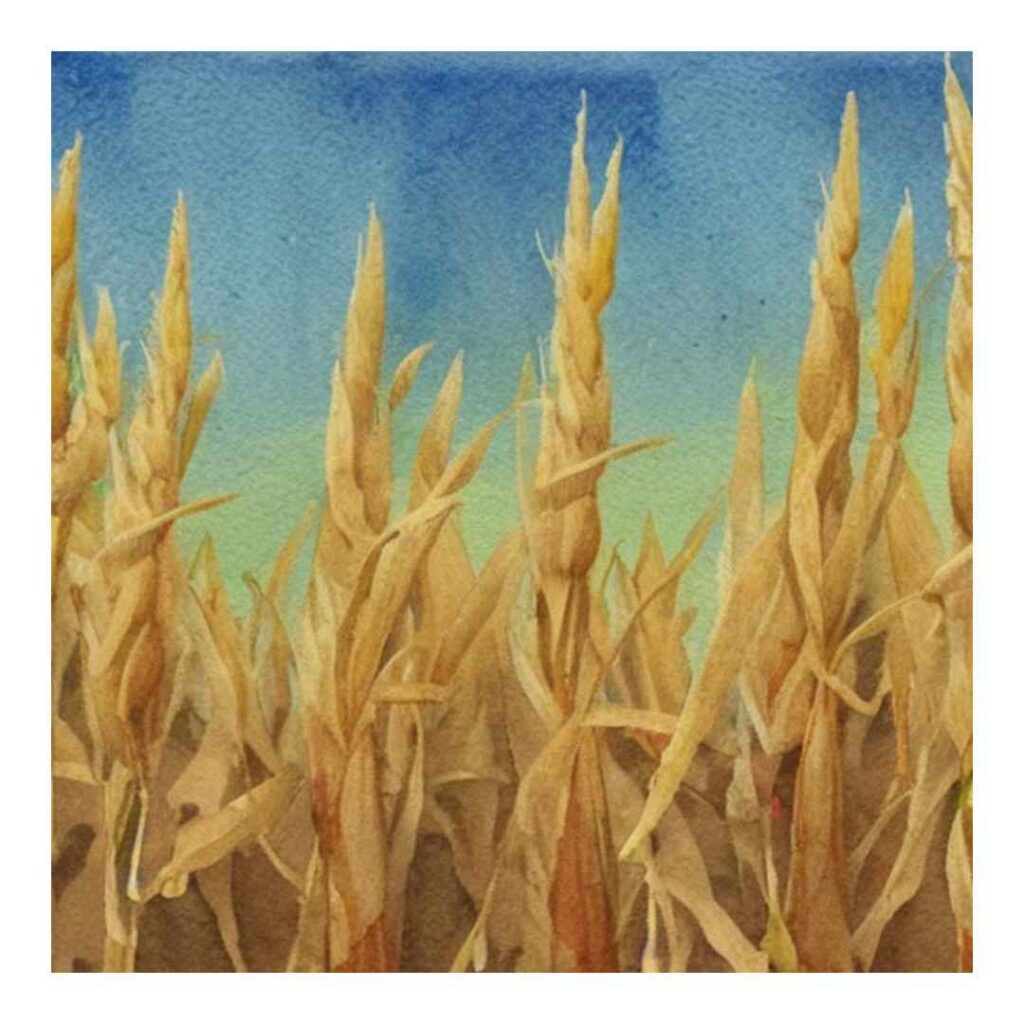
By combining the data from handheld spectrometers with other indicators like visual inspection, plant phenology, weather forecasts and their own experience, farmers can more accurately assess when to begin combine harvesting, thereby optimizing harvest timing, ensuring higher quality produce, minimizing costly drying operations, and maximizing all-important yields.
Let’s have a closer look at how handheld spectrometers can help with the timing of individual crops.
- Wheat and Barley:
- Protein Content: Spectrometers can estimate the protein content of wheat and barley grains. Protein levels decrease as the grains mature. Use this information to determine the appropriate harvest time for achieving the desired protein content in the grains.
- Moisture Content: Spectrometers can provide an estimation of the moisture content in wheat and barley grains. Harvesting these crops at the right moisture level is important for preventing mold growth and maintaining grain quality during storage. Spectrometers help farmers monitor moisture levels and decide when to harvest.
- Soybeans:
- Oil and Protein Content: Spectrometers can assess the oil and protein content in soybeans. These parameters influence the quality and value of soybean crops. By measuring these properties, farmers can determine the optimal timing for harvest to achieve the desired oil and protein levels in the beans.
- Seed Maturity: Spectrometers can also help determine the maturity of soybean seeds. By analyzing spectral signatures related to seed development, farmers can identify when the seeds have reached the desired maturity and are ready for harvest.
- Corn:
- Starch Content: Spectrometers can estimate the starch content in corn kernels. Starch accumulation increases as corn matures. Farmers can utilize this information to determine the optimal harvest time for achieving the desired starch content in the kernels.
- Moisture Content: Similar to wheat and barley, spectrometers can provide an estimation of the moisture content in corn kernels. Harvesting corn at the appropriate moisture level is crucial for avoiding spoilage and ensuring grain quality during storage. Spectrometers can assist farmers in monitoring the moisture content and deciding when to harvest.
- Oats: Spectrometers can estimate the moisture content in oat grains. Harvesting oats at the appropriate moisture level is essential for preventing mold growth and maintaining grain quality during storage. Regular monitoring of moisture content with a spectrometer, farmers can determine the optimal time for harvest. Spectrometers can even estimate the protein content in oat grains. Protein levels vary in oats, and farmers may have specific targets for protein content depending on their intended use of the crop. Spectrometers can also assist in assessing the test weight of oats by measuring the density and filling of the grains. Combine operators can use this information to determine when the oats have reached the desired test weight and are ready for harvest.